The protestations over the use of tariffs as a negotiating tactic began almost immediately following Trump’s decision to employ them back in 2017.
The most vocal detractors were free-trade conservatives who were opposed to tariffs (and probably Mr. Trump) on principle alone.
And Trump has had varying degrees of success with his tariffs, drawing the ire of Republicans like Sen. Chuck Grassley over steel tariffs aimed at Mexico and traditionally conservative editorial boards like the Wall Street Journal who declared steel tariffs largely “a bust” in 2018 (except for American steel companies, who were making money and, presumably, creating jobs for Americans). Others, like Michael Stumo, CEO of the Coalition for a Prosperous America (CPA) which advocates on behalf of U.S. farmers and manufacturers, believe tariffs have worked quite well.
America’s consumers simply aren’t seeing any major price increases from the tariffs, and core inflation has remained low at 2.2 percent. But industrial users of steel and aluminum haven’t seen price jumps either.
After a short-term increase in the summer, steel prices have actually fallen back to the levels of last January and February — before the tariffs even took effect. And federal data shows the Producer Price Index rising a cumulative 2.5 percent in 2018, exactly the same as it did in 2017.
U.S. industrial production has continued to climb throughout 2018, though, including a 7.8 percent increase in one of the heaviest metal-using sectors, motor vehicle and parts manufacturing.
These are all strong numbers, and they help to explain why U.S. manufacturing added so many jobs in 2018 — the sector’s best showing since the Great Recession.
There’s no denying, however, the flexing coming out of China in response to tariff threats. That nation is in a tough spot because they have gone on record saying they will not negotiate under threat, but they are dealing with a U.S. President who might show flexibility, but will ultimately make good on his threats.
U.S. officials officially granted Chinese exporters two more weeks to get their products into the United States before increasing tariffs on those items, according to a U.S. government notice posted online on Friday.
…
The Trump administration had raised its 10 percent levy on Chinese imports to 25 percent as it sought to pressure Beijing to strike a larger trade deal, although an agreement still remains to be reached.
And the newest tariff threat aimed at Mexico to entice that nation to stop the flow of illegal migrants and drugs from coming across the U.S. border seems to have had an immediate effect, as my colleague Bonchi wrote last night.
So, while tariffs may be anathema to conservatives because they do generally translate into a tax on Americans, there seems to be something else going on with Trump’s trade policy. And Politico thinks they know what it is.
They believe that the big bet free trade advocates made in the 1990s — that welcoming China into the WTO would encourage it to integrate into a rules-based global economy — has proved to be a loser. China, by these lights, is happy to take advantage of the U.S. and other players’ commitment to free trade and rules but will continue to steal and subsidize to advance its own interests.
…
“I and many others had deceived ourselves that China wanted to be just like us,” said Michael Pillsbury, an influential adviser to the Trump administration on China and author of the book, “The Hundred Year Marathon: China’s Secret Strategy to Replace America as the Global Superpower.”
“I finally woke up,” he said. “But I would not say everybody’s awakened even at this point.”
The Trump doctrine marks a repudiation of decades of U.S. trade orthodoxy — that reached its high point in the 1990s, after the Soviet Union collapsed, and capitalism and liberalism appeared on the march. This “End of History” euphoria culminated in Clinton pushing past his party’s populist instincts on trade and embracing the elite view that the world was becoming more integrated, more rules-based, and more prosperous, and that this meant good things both for American and the rest of humanity.
What team Trump seems to be embracing is that the world has changed and China (in particular) was never going to be an honest broker in the trade game unless they were put in a position where being honest was going to be to their benefit.
By assuming other nations were honest brokers, the U.S. lost its position of power in negotiating trade. It is, after all, difficult to negotiate with someone willing to lie to you about what you’ll be getting back in a trade.
Team Trump would appear to be using tariffs as a tool to regain some of that lost negotiating power (Politico indicates it began falling by the wayside during Bill Clinton’s administration).
In that respect, tariffs do seem to be working. Even China is wringing its hands at this new America demanding to be treated with respect in international trade.
Conservatives are right to be concerned about the tax on average Americans tariffs can levy. And hopefully their use will wane as the U.S. continues to gain a position of strength at the negotiating table. But sometimes as much as you prefer not to see everything as a nail, you’ve been limited to only having a hammer.



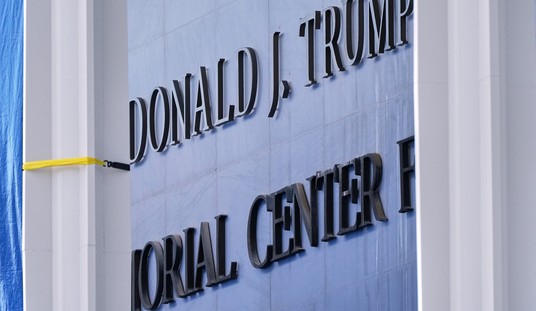
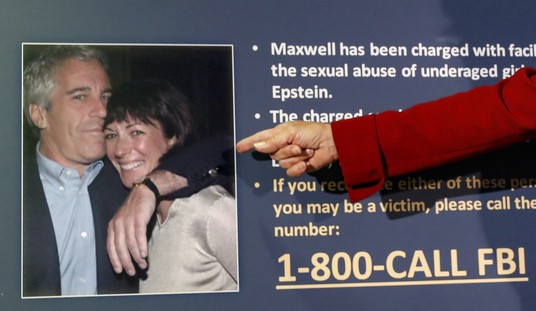
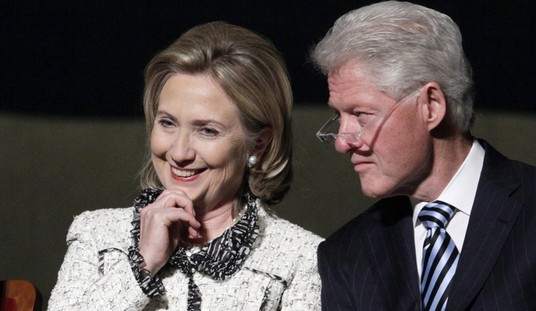
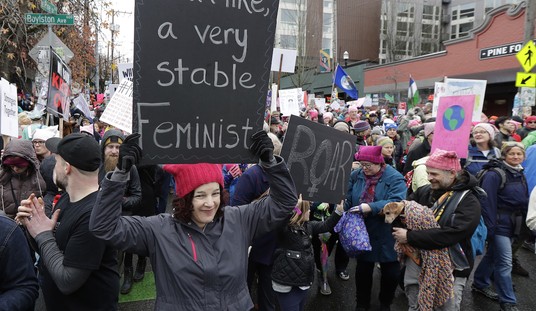


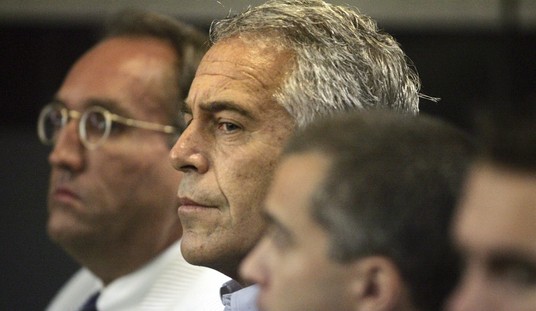



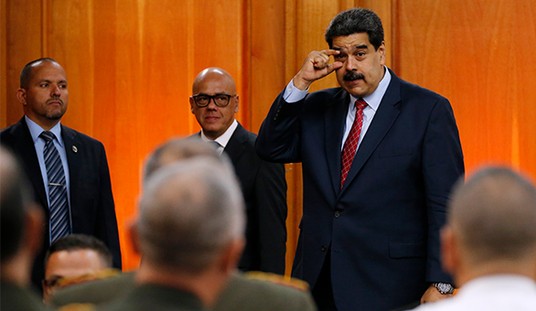

Join the conversation as a VIP Member